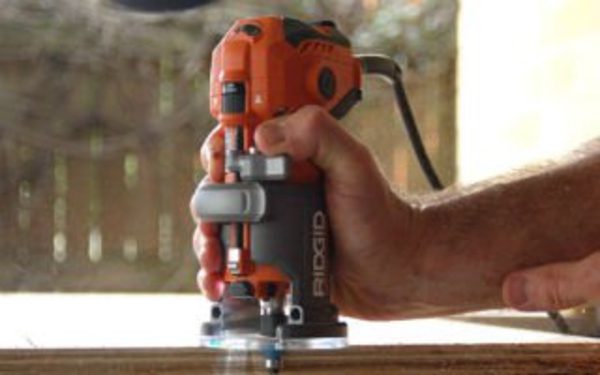The best woodwork demands an enormous amount of skill, patience and specialist devices. The right devices can help you to work more efficiently and precisely. However, the type of woodwork largely determines the tools required and any specialist machinery.
The trim router is less popular than other tools but is surprisingly versatile and handy for smaller jobs. It’s powerful, lightweight and perfect for fitting into those pesky gaps your bulky routers can’t squeeze into. Here are a few reasons you need to invest in a trim router for your shop.
Simple to use
The trim router isn’t overly complicated. It’s simple to adjust and use. It consists of a motor block that slides up and down on two pistons, adjusters, and handles. The collet holds the end of a high-speed router.
Precise adjustment systems
You can adjust the stroke of the motor block on the pistons, and therefore the depth of the machining through a system of stops. With a little practise, you can achieve excellent precision. Of course, always carry out a few practise runs on a piece of spare wood to get a feel for the device.
Which router for which purpose?
There are various types of routers available, and they are rarely used to their full potential. You should choose a router based on its main and intended purpose. However, keep in mind that you can use routers for multiple jobs and get a little creative. Always keep safety at the forefront of your mind, and don’t use the router for anything too unconventional.
If you want to make mortises, you need a router that focuses on the depth of the cut and power. Most trim routers come with bases compatible with guide collars. So, you can begin making door hinge mortises with a trim router and use a template for guidance. You can try to do this freehand – but a template will make sure every mortise is uniform. It looks much smarter if they all match!
You can also use trim routers for cleaning veneer and aligning edging with laminate trimming. Instead of trying to sand veneer and damage the surface, you can use them to make the shelf lipping flush. Trim routers are perfect for cutting joinery, particularly for small and quick joints. However, bear in mind that trim routers are not an appropriate replacement for proper joinery cutters. Use your trim routers for the smaller jobs and save the joinery cutters for the larger pieces. Using tiny routers for deep cuts can result in damage and injury.
Trim routers have numerous benefits and a whole host of functions that you might not have known about. While they can’t replace the much larger tools in your shop, trim routers are perfect for the smaller pieces.
Help keep news FREE for our readers
Supporting your local community newspaper/online news outlet is crucial now more than ever. If you believe in independent journalism, then consider making a valuable contribution by making a one-time or monthly donation. We operate in rural areas where providing unbiased news can be challenging. Read More About Supporting The West Wales Chronicle


























